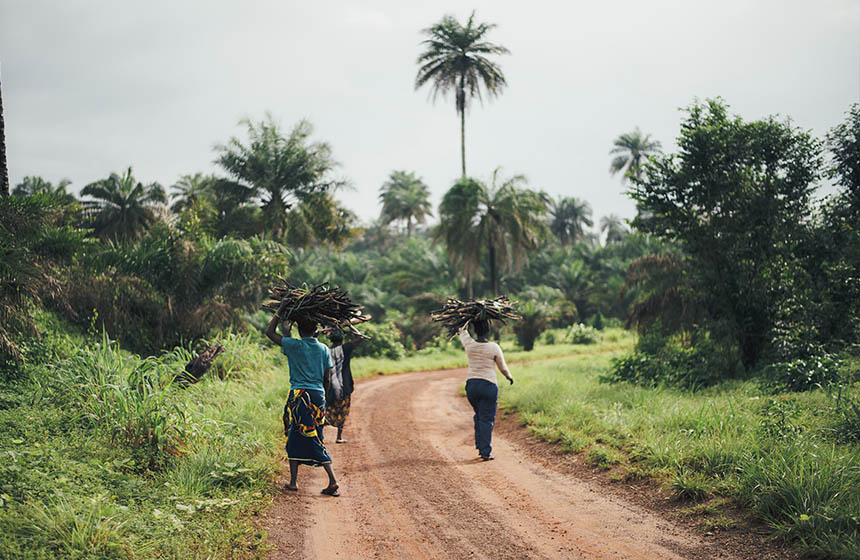Seed banking and a hybrid of traditional and novel sustainable agriculture techniques
Seed banking and a combination of revitalised traditional and introduced novel agricultural practices are helping improve food security and climate change adaptive potential in the drylands of Karnataka, India.
Nature-based Intervention:
In the drylands of Karnataka state in India, the Genetic Resource, Energy, Ecology and Nutrition (GREEN) Foundation is working to conserve agricultural biodiversity and encourage sustainable farming practices mainly through the provision and protection of climate-resilient traditional seed varieties. A method of on-farm selection of high-yielding, pest- and disease-resistant strains helps improve food security for farmers in the drylands partly through the improved ability to adapt to future climate change impacts. The Foundation also practices seed banking which has facilitated the collection and conservation of over 90 varieties of finger millet, 85 varieties of paddy, 55 minor millet varieties, 25 pulses and numerous oil seeds and vegetables. Kitchen gardens have also been encouraged, providing hundreds of families with food, fuel, medicines, and fodder for livestock. Seed fairs, seed management committees, and seed saver networks are helping spread knowledge about the value of seed banking for food security and climate change adaptation.
Overview of context and outcomes:
These efforts were further bolstered by a revitalisation of traditional and incorporation of new agricultural practices including mixed cropping, intercropping, nursery production, and indigenous agroforestry and livestock management.
Case effectiveness on
Climate change
The selection of high yielding, pest- and disease-resistant seed varieties has reportedly provided a greater diversity of options for responding to significant future climate change impacts.
Ecosystem health
Ecological effect: PositiveThe GREEN Foundation has facilitated the collection and conservation of over 90 varieties of finger millet, 85 varieties of paddy, 55 minor millet varieties, 25 pulses and numerous oil seeds and vegetables. This has reportedly ensured the conservation of species that may be disappearing from large-scale agricultural systems.
Socioeconomic outcomes
The conservation of traditional seed varieties on farms has reportedly improved food security by enhancing both the security and the nutritional value of food available to the community. The sale of seeds, surplus foods, and saplings for reforestation programs has reportedly yielded a small amount of extra income for community members.
Governance
The project is governed as a collaborative network with farmers, local communities, women’s groups known as “sanghas”, and non-governmental organizations working together to share knowledge and technical expertise.
Finance
This project was funded by the the Genetic Resource, Energy, Ecology and Nutrition (GREEN) Foundation.
Monitoring and evaluation
The program is monitored through changes in farmers yields. Initial monitoring also took place to identify preferred seed strains and techniques.
Trade-offs and limitations
No information yet available on tradeoffs.

Intervention type
- Food production
Ecosystem type
- Terrestrial production
Climate change impacts addressed
- Loss of food production
Instigators
- National environment and development organization
Societal challenges
- Biodiversity conservation
- Climate change adaptation
- Disaster risk reduction
- Economic and Social development
- Food security
Outcomes
- Food security: Positive
- Water security: Not reported
- Health: Not reported
- Local economics: Positive
- Livelihoods/goods/basic needs: Not reported
- Energy security: Not reported
- Disaster risk reduction: Positive
- Rights/empowerment/equality: Not reported
- Conflict and security: Positive
- No. developmental outcomes reported: 5
Resources
Read resource 1Literature info
- Grey literature



